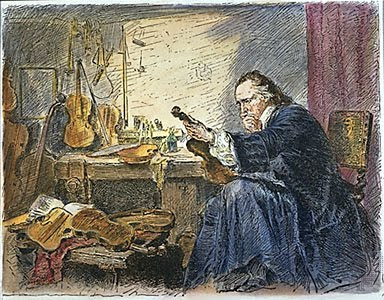| Timestamp | Call | MHz | SNR | Drift | Grid | Pwr | Reporter | RGrid | km | az |
|---|---|---|---|---|---|---|---|---|---|---|
| 2010-02-06 16:04 | DK9MS | 10.140210 | -11 | -1 | JO40tm | 2 | I0/N2CQR | JN61fv | 983 | 166 |
| 2010-02-06 16:04 | PA3BTI | 10.140271 | -8 | 0 | JO22og | 5 | I0/N2CQR | JN61fv | 1276 | 152 |
| 2010-02-06 16:04 | DL9DAC | 10.140246 | -4 | 0 | JO31qi | 20 | I0/N2CQR | JN61fv | 1120 | 158 |
| 2010-02-06 16:02 | DL6NL | 10.140262 | -20 | 2 | JO50cb | 0.1 | I0/N2CQR | JN61fv | 924 | 168 |
| 2010-02-06 16:00 | DF6DBF | 10.140279 | +1 | -1 | JO31si | 10 | I0/N2CQR | JN61fv | 1116 | 159 |
| 2010-02-06 16:00 | M5LMY | 10.140248 | -14 | 1 | IO91oi | 5 | I0/N2CQR | JN61fv | 1455 | 131 |
| 2010-02-06 16:00 | DL1EEZ | 10.140201 | 0 | 0 | JO31qi | 20 | I0/N2CQR | JN61fv | 1120 | 158 |
Until this weekend have been "transmit only" on the WSPR system, running the world's only homebrew double sideband WSPR rig (please correct me if I'm wrong). I'm also running one of the most low-powered of WSPR stations (20 mW).
I've been feeling a bit guilty about my "transmit only" status. I felt like I wasn't doing my fair share in the WSPR effort. I was sort of a digital free-loader.
So Saturday I decided to do some receiving. I fired up the old Drake 2-B. I ran a lead from the headphone jack of the receiver into the audio in of my old Tecra 8100 (running Linux Ubuntu Jaunty Jackalope). Antenna was a pathetic little end-fed wire. The only tricky part was getting the Drake on the precise freq. I just put my WSPR transmitter on 10140200 Hz and then put the bandpass in USB 2.1 kHz. I found the computer clock was off a bit (I had neglected to run the ntp program), but once that was taken care of signals started pouring in. And reports were automatically uploaded to WSPR HQ, and appeared on-line (see above).
I was very pleased to receive DL6NL's 100 milliwatt signal. OM NL is well known in the QRSS/WSPR world. A picture of one of his more QRO rigs appears above. A shot of his balcony Microvert antenna (the white thing at the end of the dark indicator line) appears below.







































.jpg)









